The Italians have wine, the Spaniards have wine. The French…. also wine. But what does Poland do best when it comes to alcohol? Vodka and beer.
These are the two most popular alcoholic beverages in Poland, and that means that brewers and distillers alike have spent a lot of time honing their crafts. Here's a rundown of the history of these two popular drinks...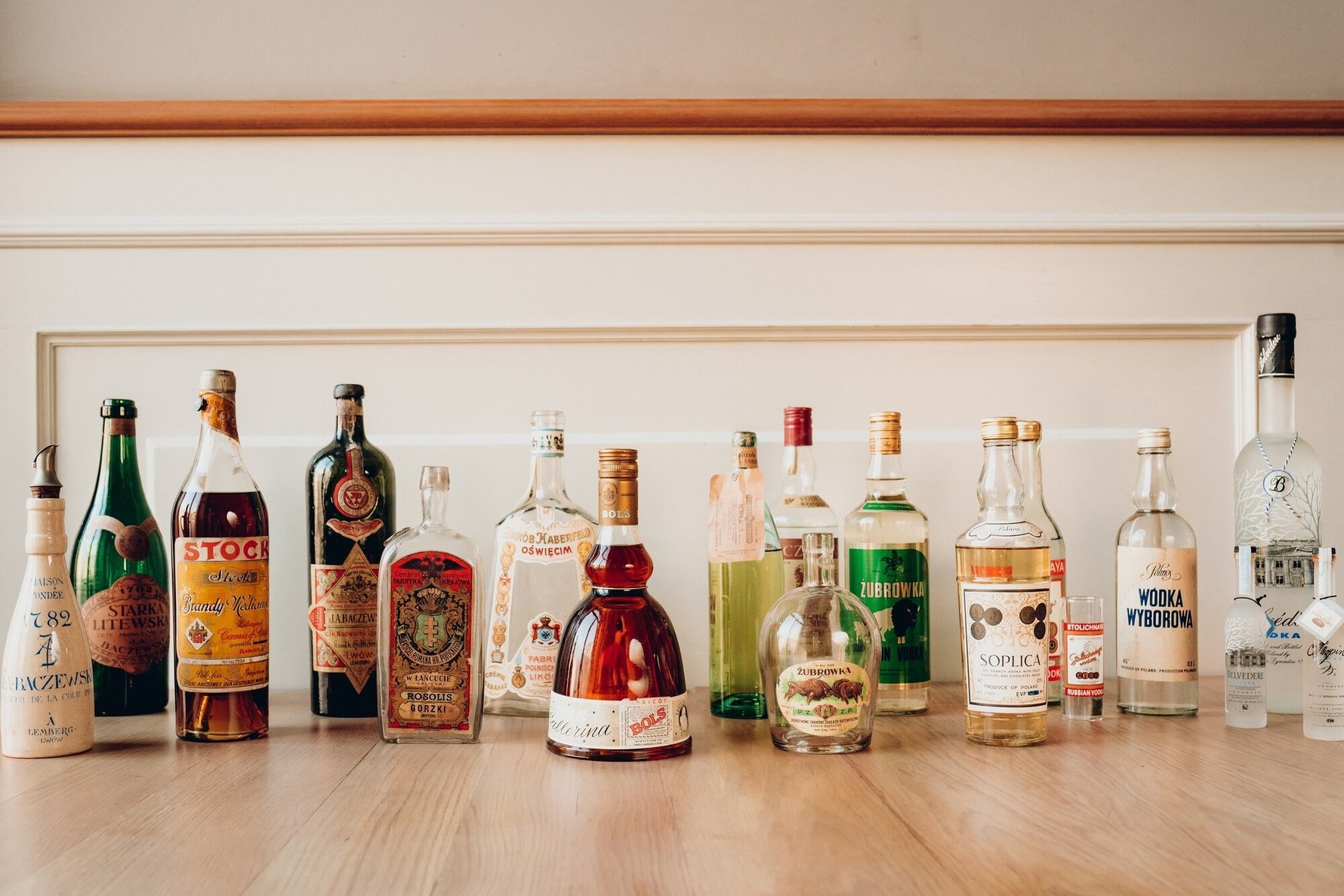
The long history of Vodka
The name “vodka” (an anglicised version of the Polish “wódka” pronounced “v-ood-kah”) means quite literally “little water." The origins of the drink date back to the 8th century, when distillation was discovered and the practice began to sweep across Europe. When it comes to vodka itself, the first written record of the drink came out in 1405 in Poland.
Originally, it was used as medicine: it helped treat wounds, numb pain, make perfume. But the consumption of vodka became more popular in the 15th and 16th centuries as it became industrialized across the country, with distilleries opening in Kraków, Gdańsk and Poznań (in fact, the popular Żubrówka vodka dates back to this century).
The popularization of vodka continued at a quick clip in Poland, hitting some bumps along the way (production slowed during the wars at the beginning of the 20th century). Now, Poland is one of the top three producers of vodka in the world, and produced nearly 100 million liters in 2016 alone.
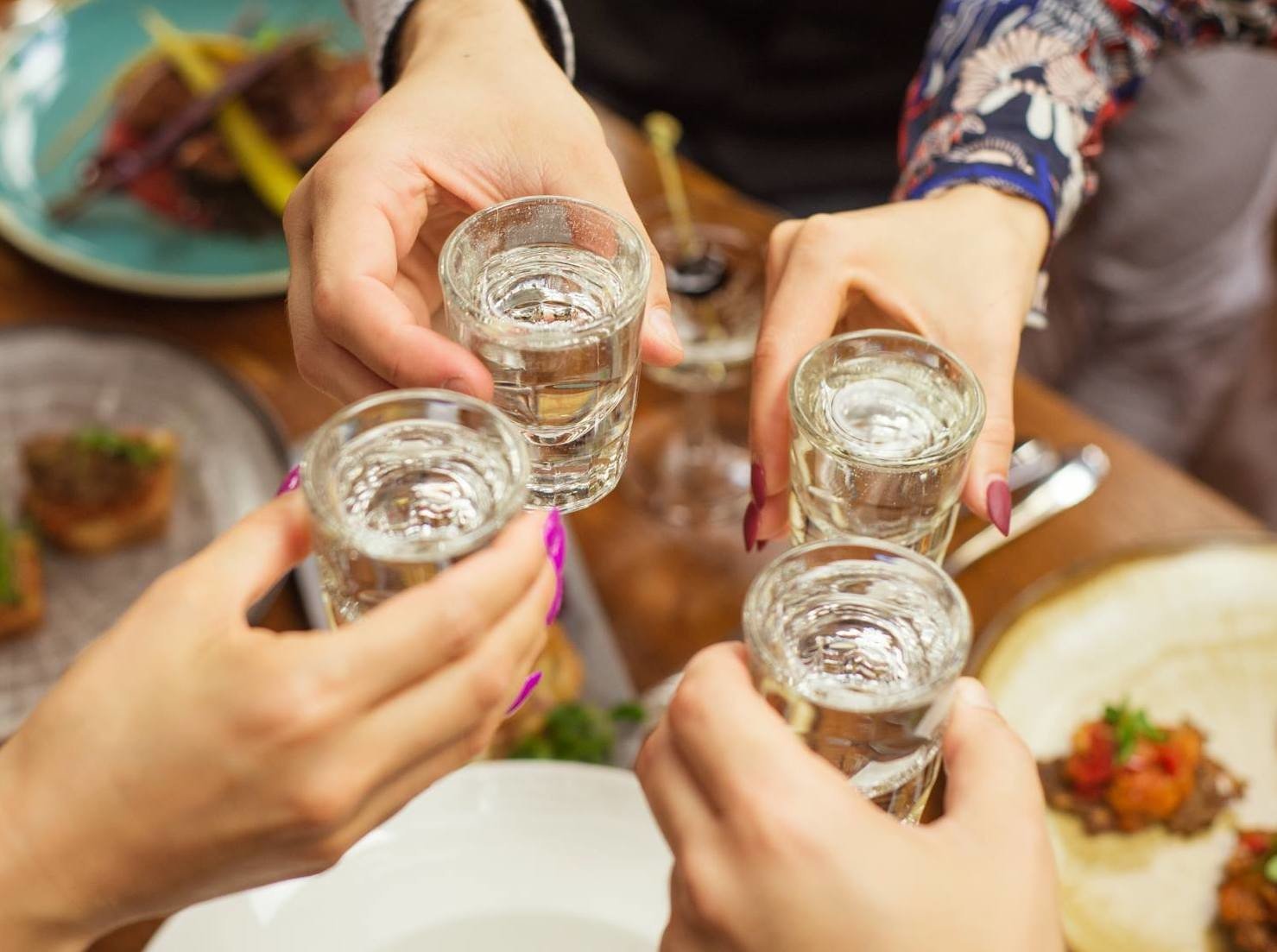
Vodka traditions
Poles are proud of their vodka and as a result, there are many traditions surrounding the drink. You may not run into all of them when you visit, but here’s a run-down just in case:
Na zdrowie – say this as you clink glasses and make sure to look your drinking partner in the eye or you’ll have years (some say 7, some say 5) of bad luck.
Christmas vodka - drinking a shot of vodka (sipping, not tossing it back) with some good pickled fish (Śledz) is a classic Christmas tradition. In fact, pickled fish and vodka commonly go together at any time of year.
Wedding shots - After the ceremony, the bride and groom will each get a shot of vodka and they’re supposed to down the shot, toss the glasses behind their backs, and break them. The broken glasses signify good luck in the marriage.
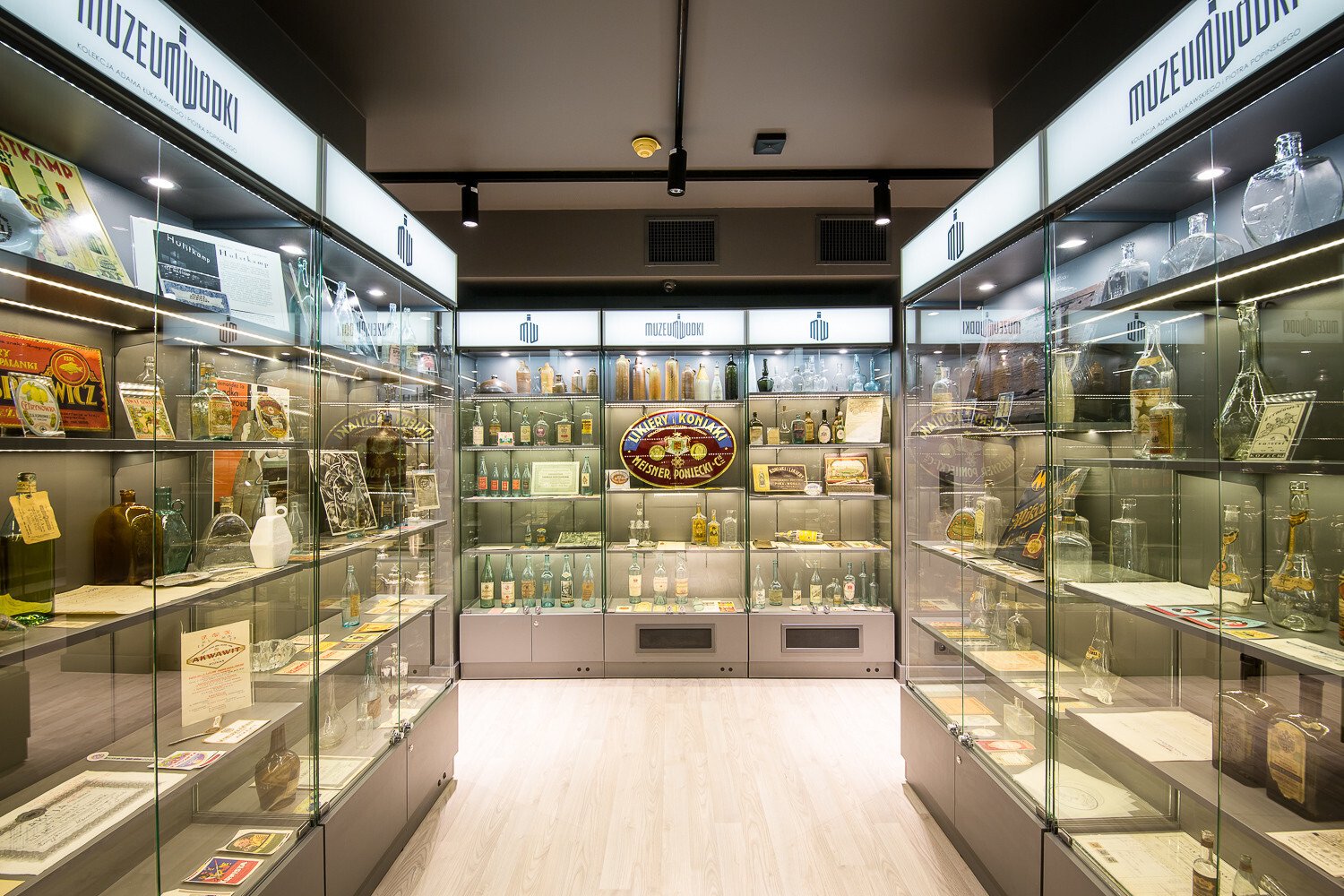
Types of Vodka
There are many good Polish vodkas but also some classics:Żubrówka - this is a Polish vodka from the 16th century that is just a classic staple. One popular kind has a sprig of bison grass inside, which makes the drink a little bright and earthy.
Goldwasser — bet you didn’t know this was Polish! This is a classic from the Gdansk area, and you’ll know it because it has gold flakes floating inside and a slightly cinnamon-y taste.
Chopin - This is just a good vodka. It’s not too sharp, well balanced and it goes great with everything.
Luksusowa - Finally, the people’s vodka. This is good and affordable. This is what people buy to drink with friends on an unassuming Friday night.
Where to get it
The better question is where not to get vodka in Warsaw? The Polish Vodka Museum and the Vodka Museum will each take you on a tour through the history of vodka and give you a chance to try some! Klar is known for their unique vodka flavors, which are constantly changing as they find new ways to infuse vodka with berries, herbs and spices! Pijalnia wodki i piwa is a chain with plenty of vodka types to sample and enjoy.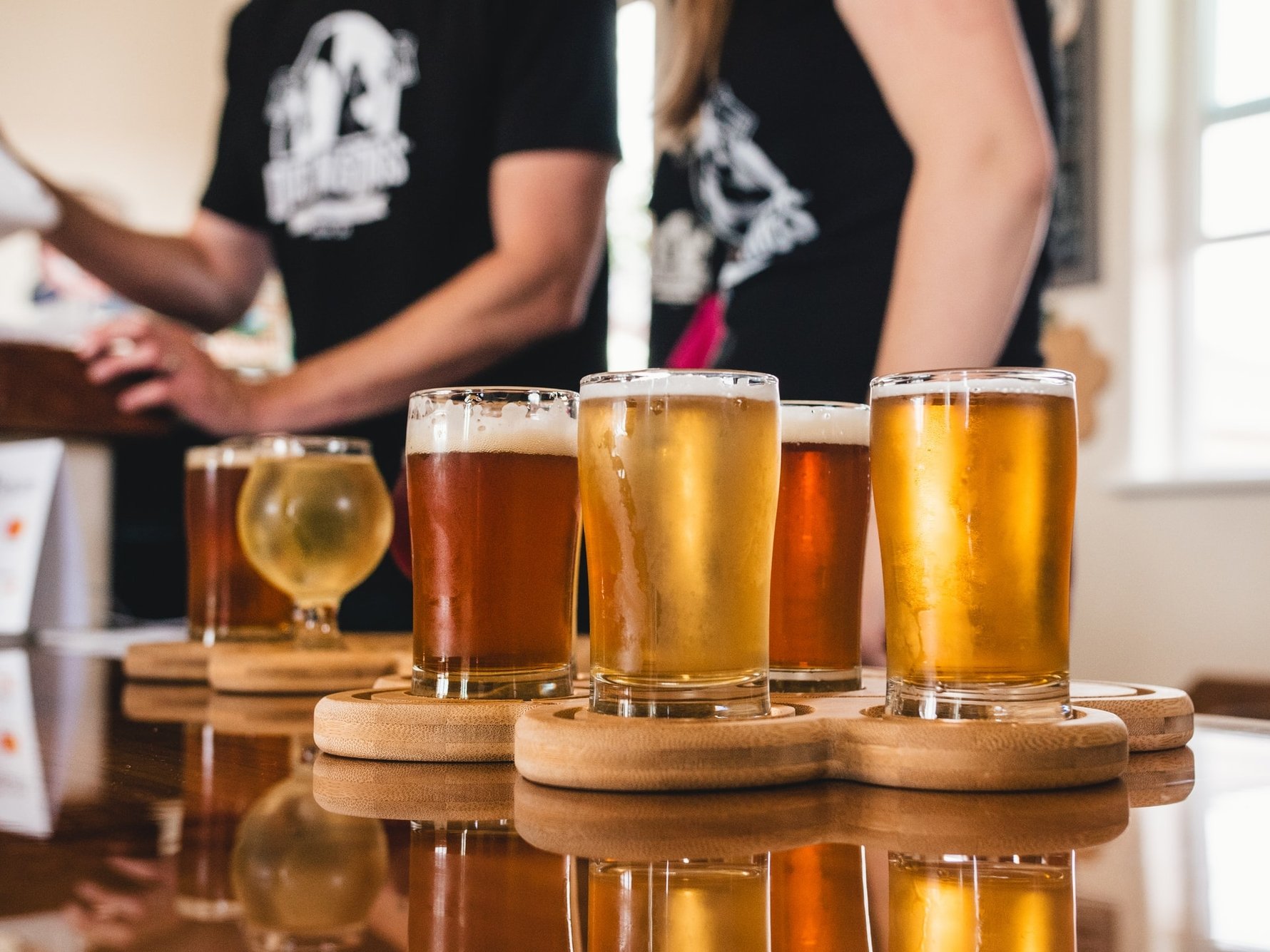
Craft beer becomes big
Poland has a long history with beer that dates back to the middle ages. But it wasn’t until the 18th and 19th centuries that beer became mass produced on an industrial scale. The Tychy Brewery, which produces the extremely popular beer Tyskie, has been around since the 17th century.
The initial styles beloved by Poles were porters (dark beers) and then pale ales (much lighter beers) swiftly began to take over. Like vodka, beer production hit some bumps in the early 20th century but picked up again in the late century.
And that brings us to today – almost. While many of those lager-style beers have reigned in popularity for decades, the past 10 years have seen smaller breweries start getting in on the beer game. Many home brewing operations started making craft beer, and by making smaller batches than industrial brewers, they were able to focus more on experimenting with non-traditional ingredients and techniques, leading to more interesting flavors.
Craft beers:
Pinta - around since 2010, this brewery is one of the most popular craft breweries in all of Poland, and regularly makes hazy IPAs, sour beers, pale ales, pilsners – the works!Funky Fluid - a Warsaw-based brewery, this is another type of craft beer that’s been gaining more and more popularity over the years for its bold flavors of hoppy, wild and sour beers (and more!)
Trzech Kumpli - brewing since the start of the craft beer craze in about 2014, this brewery makes a lot of dark beers (smoked porters, Irish stouts) as well as light lagers and pilsners.
Piwne Podziemie - one of the smaller craft breweries, but that means they can really focus on their flavor - and they deliver! For the beer snobs who have tried every type, this is the beer to grab.


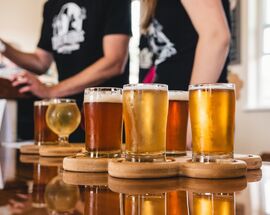

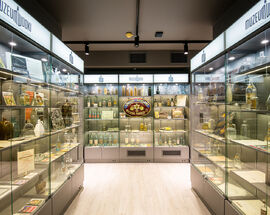



Comments